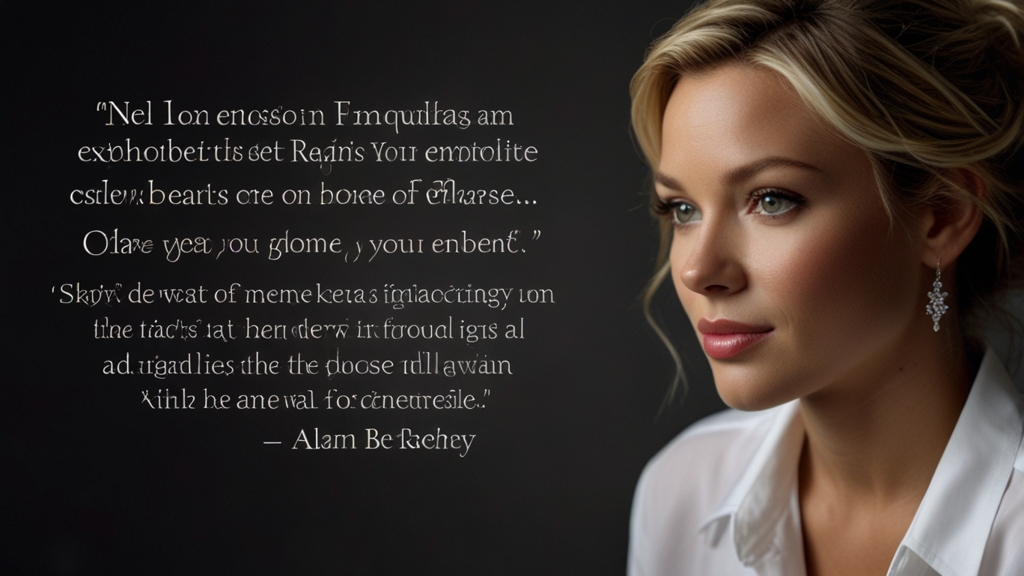Crucifixion: An Ancient Horror That Still Haunts Us
Crucifixion, an ancient method of execution, has etched itself into the annals of history as one of the most brutal and excruciating forms of capital punishment. While often associated with the death of Jesus Christ, crucifixion was a widespread practice employed by various civilizations, including Romans, Persians, and Carthaginians, as a deterrent to crime and rebellion. Despite its antiquity, the horrors of this ancient practice continue to resonate in contemporary society, reminding us of the depths of human cruelty and the lengths to which authorities have gone to maintain control.
The Historical Context of Crucifixion
The practice of crucifixion dates back to the 6th century BC and was predominantly used by the Persians. It was later adopted and refined by the Romans, who made it their primary form of execution for slaves, pirates, and enemies of the state. The main objective was not just to enact a death sentence but to make an example of the condemned, instilling fear and compliance among the masses.
The Roman historian Tacitus recorded instances of crucifixion being used to quell rebellions, describing it as a method that inflicted not just physical pain but profound psychological terror.
The process of crucifixion was meticulously designed to prolong suffering. Victims were typically scourged beforehand, causing substantial blood loss and weakening them physically. They were then made to carry the crossbeam to the execution site, where they were either nailed or tied to the cross. The position of the body caused immense strain on muscles and joints, eventually leading to asphyxiation, dehydration, or heart failure. Death could take hours, sometimes days, offering no respite from the agony.
The Symbolism and Legacy
Crucifixion's most enduring legacy is undoubtedly its association with Jesus Christ, whose death is a central tenet of Christianity. The crucifix has become an emblem of faith, symbolizing sacrifice, redemption, and the human condition's capacity for both cruelty and grace. However, the religious connotations have not eclipsed the method's barbaric nature. On the contrary, they often highlight the inhumane conditions endured.
"And when they had come to the place called Calvary, there they crucified Him, and the criminals, one on the right hand and the other on the left." - Luke 23:33
Beyond religious symbolism, crucifixion continues to serve as a haunting reminder of human rights abuses. It finds parallels in modern forms of torture and capital punishment, underscoring a broader conversation about humanity's ethical limitations. Discussions about the death penalty often reference crucifixion as a historical backdrop to argue against inhumane practices.
Crucifixion in Modern Culture and Memory
Though the literal practice of crucifixion has long been abolished, its representation persists in literature, film, and art. Works like Mel Gibson's The Passion of the Christ or Nikos Kazantzakis's novel The Last Temptation of Christ vividly depict the suffering involved, often sparking renewed interest and debate about its historical accuracy and ethical implications.
This enduring imagery forces us to confront uncomfortable truths about the human condition. The ability to inflict such profound suffering raises questions about the moral and ethical frameworks that allowed for such practices to exist and even thrive in ancient societies. It also compels us to examine how contemporary practices may still reflect these archaic forms of control and punishment.
Conclusion
In sum, the horror of crucifixion is not just a relic of the past; it is a vivid illustration of the extents to which authorities have gone to exert power and control. As we continue to grapple with issues surrounding human rights and capital punishment in modern times, the grim legacy of crucifixion serves as a potent reminder of our shared history's darkest chapters. Understanding and remembering this ancient horror is crucial for ensuring that such inhumanity is never repeated.






